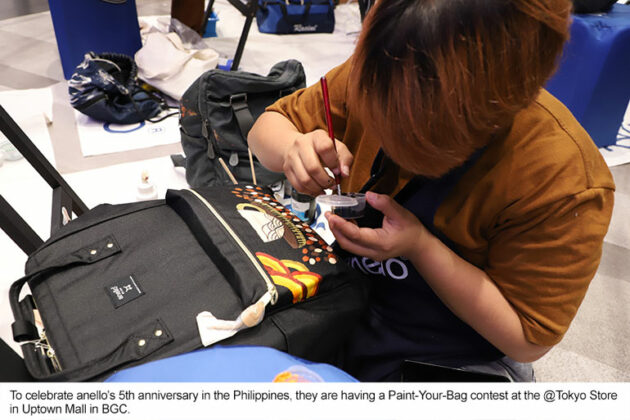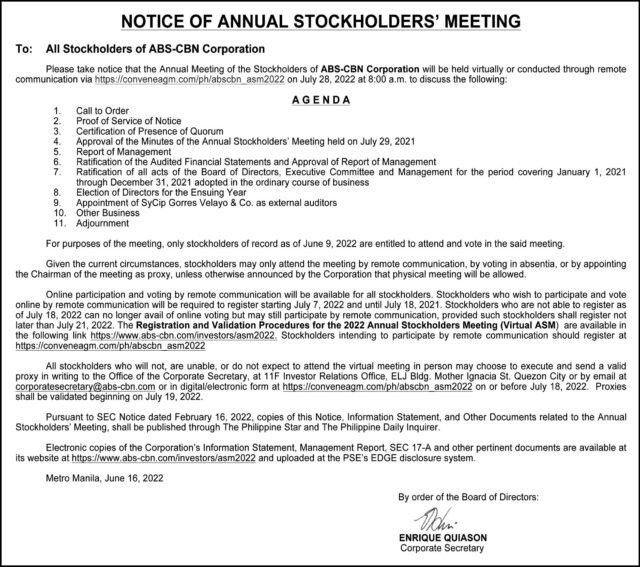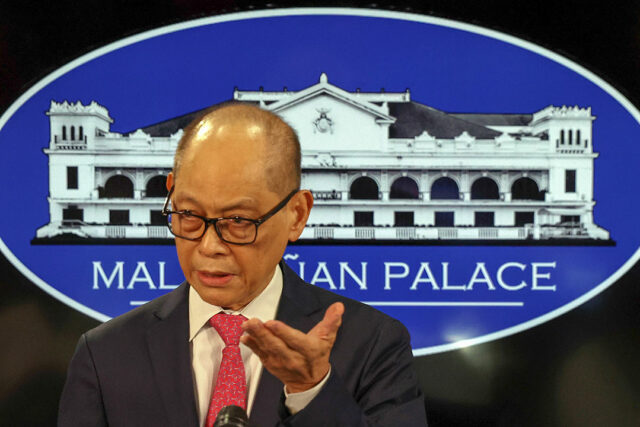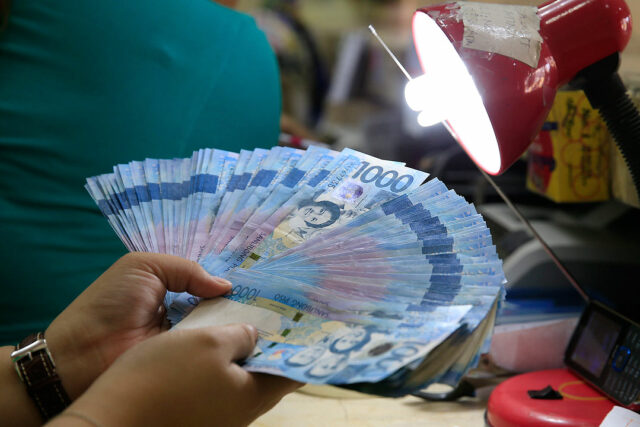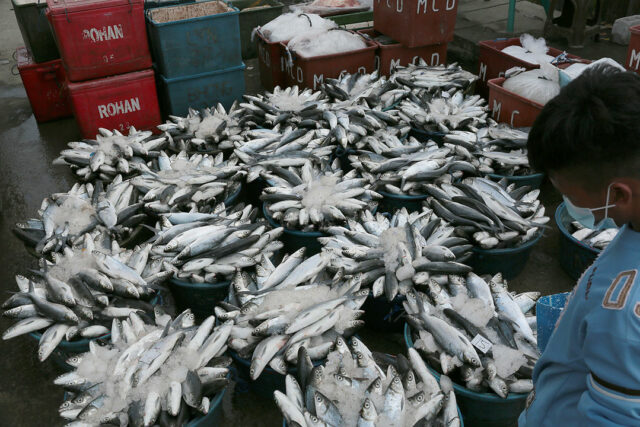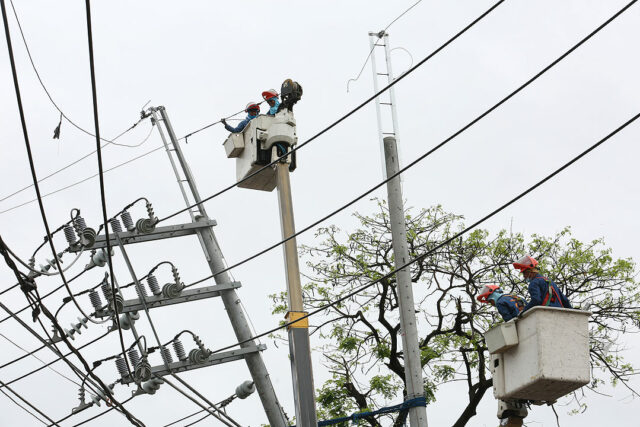THE PHILIPPINE government tempered its economic growth target for this year, as rising inflation and ballooning debt threaten to hamper the economy’s recovery from the pandemic.
Finance Secretary Benjamin E. Diokno on Wednesday said they are now aiming for gross domestic product (GDP) growth of 6.5-7.5% for this year.
This is slightly lower than the 7-8% target set by the Development Budget Coordination Committee (DBCC), but faster than the 5.7% GDP expansion in 2021.
The government also set a 6.5-8% GDP target for 2023 to 2028, higher than the DBCC’s 6-7% goal for 2023 to 2025.
“This is the highest growth rate among all ASEAN+3 countries this year and next year,” Mr. Diokno said at a Palace briefing.
The DBCC is set to review the economic assumptions on Friday.
Mr. Diokno said the new targets are part of a medium-term fiscal framework for 2023-2028, which was approved during the first Cabinet meeting on Tuesday.
“This framework will set the tone, our game plan for the next six years,” he said. “We’re more ambitious.”
The government is targeting to bring down the poverty rate to 9% by the end of President Ferdinand R. Marcos, Jr.’s term in 2028, Mr. Diokno said.
The Duterte administration had initially aimed to bring down poverty rate to 13-15% by 2022, but this was revised to 15-17.5% due to the pandemic. As of the first semester of 2022, the poverty rate stood at 23.7%.
The Finance chief said the debt-to-GDP ratio would be lowered to 60% by 2025. At the end of the first quarter of 2022, the ratio stood at 63.5%, exceeding the 60% threshold that multilateral lenders consider suitable for developing economies.
“We want to show the world that we’re conscious of having sound fiscal management,” Mr. Diokno said.
He added that the government also seeks to lower the deficit-to-GDP ratio to 3% starting 2026.
“We still have a lot of fiscal space, we are confident revenues will pick up,” he added.
Mr. Marcos, 64, is expected to continue his predecessor’s infrastructure program.
“We are committed to spend 5-6% of GDP for infrastructure annually from 2023 to 2028,” Mr. Diokno said, adding that the government would pursue public-private partnerships.
The Philippines is still aiming achieve to upper middle-income status, although Mr. Diokno said this would likely be achieved by the end of Mr. Marcos’ term.
The Philippines had originally targeted to graduate to the upper middle-income status by 2022, but this was derailed by the coronavirus pandemic.
Latest World Bank data showed the Philippines remains a lower middle-income country, as its gross national income (GNI) per capita stood at $3,640 in 2021. This is slightly higher than its $3,430 GNI in 2020.
The World Bank set the income range for the upper middle-income bracket of GNI per capita at $4,256-13,205, higher than the $4,096-$12,695 threshold last year.
TAXES
Mr. Diokno said the Marcos government would push for the completion of the Duterte administration’s Comprehensive Tax Reform Program (CTRP).
“There are two packages left that are revenue-neutral. These will simplify the tax system a lot so we’ll push for that,” he said. “We expect them to be approved before yearend.”
The previous Congress had failed to approve the remaining CTRP packages, which seek to standardize the real property valuation and assessment, and simplify taxes on passive income.
Mr. Diokno, a former central bank governor, also backed taxes on digital services, saying this is “only fair.”
In a separate interview with the ABS-CBN News Channel, Mr. Diokno also mentioned the possibility of imposing a tax on single-use plastics.
“I think we on our part, on the tax side, should think of some measures that we can do to reduce pollution. For example, tax on single-use plastic is worth considering,” he said.
“The Philippines is probably one of the most vulnerable with respect to climate change, and so it is in our own interest that the movement towards climate change should be supported.”
Former Finance Secretary Carlos G. Dominguez III earlier proposed a fiscal consolidation plan that included measures that would generate fresh revenues to pay for the country’s P12.5-trillion debt.
A P20 excise tax per kilogram of single-use plastics is part of package 1 of the fiscal consolidation plan. — Kyle Aristophere T. Atienza with Diego Gabriel C. Robles


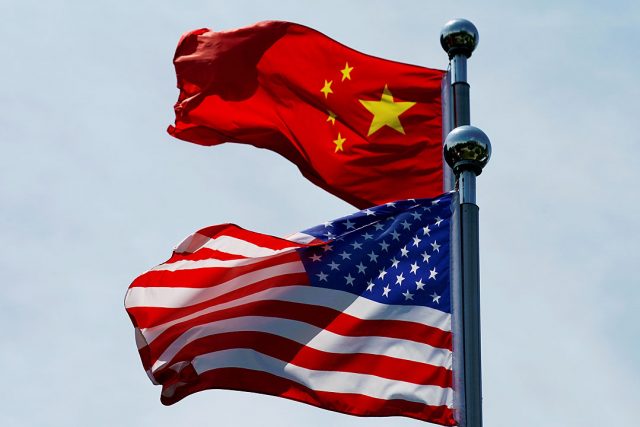

 anello’s Kuchigane design backpack and its succeeding collections have undeniably taken Japan by storm. Its popularity grew massively not only in Japan but also in its neighboring Asian countries, the Philippines included.
anello’s Kuchigane design backpack and its succeeding collections have undeniably taken Japan by storm. Its popularity grew massively not only in Japan but also in its neighboring Asian countries, the Philippines included. Just like that, anello bags have become the must-have bag of the moment.
Just like that, anello bags have become the must-have bag of the moment. anello’s Paint-Your-Bag contest will be judged by multi-awarded Filipino Fine Artist, Professor Aladin Antiqueño, as well as representatives from Global Knowledge College’s Fine Arts Department, United Fine Artists of the Philippines and Philippine Art Restorers Society of the Philippines and Asia.
anello’s Paint-Your-Bag contest will be judged by multi-awarded Filipino Fine Artist, Professor Aladin Antiqueño, as well as representatives from Global Knowledge College’s Fine Arts Department, United Fine Artists of the Philippines and Philippine Art Restorers Society of the Philippines and Asia.



